Residential Gas Line Relocation Services
Relocating residential gas lines involves careful planning and precise execution to ensure safety and compliance. Proper relocation can prevent future issues and accommodate property modifications.
Specialized services for safely relocating gas lines within residential properties to new locations or configurations.
Replacing or rerouting existing gas pipes to improve safety and functionality in homes.
Assessment and planning to determine the most effective approach for gas line relocation projects.
Assistance with obtaining necessary permits and ensuring adherence to local codes and standards.

Installing new gas lines during relocation projects.

Precision bending and fitting of gas pipes for optimal routing.
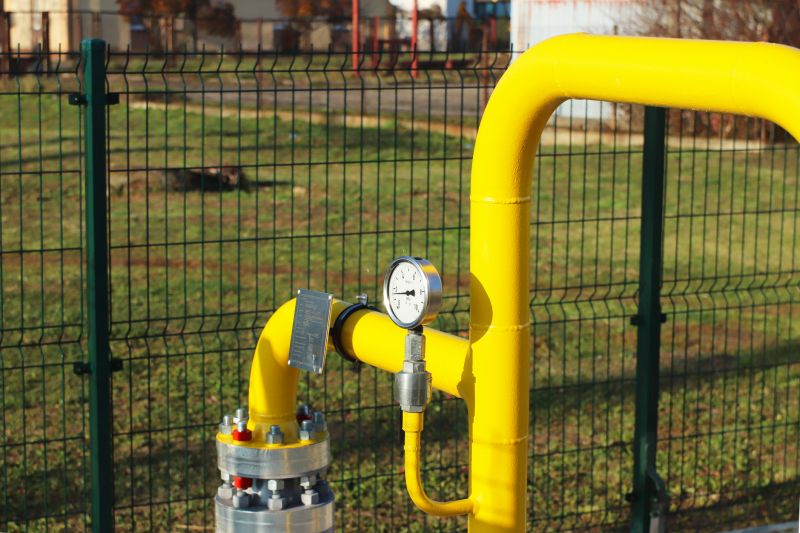
Preparing the site for safe gas line relocation.
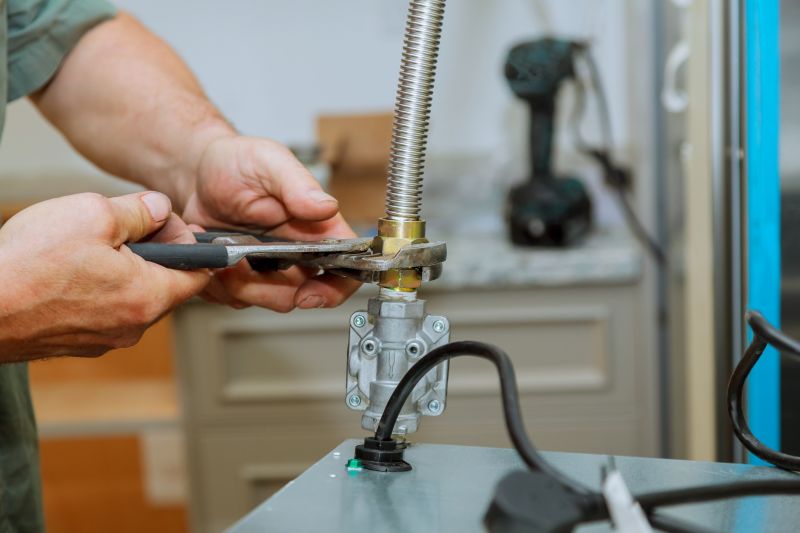
Ways to make Gas Line Relocation work in tight or awkward layouts.
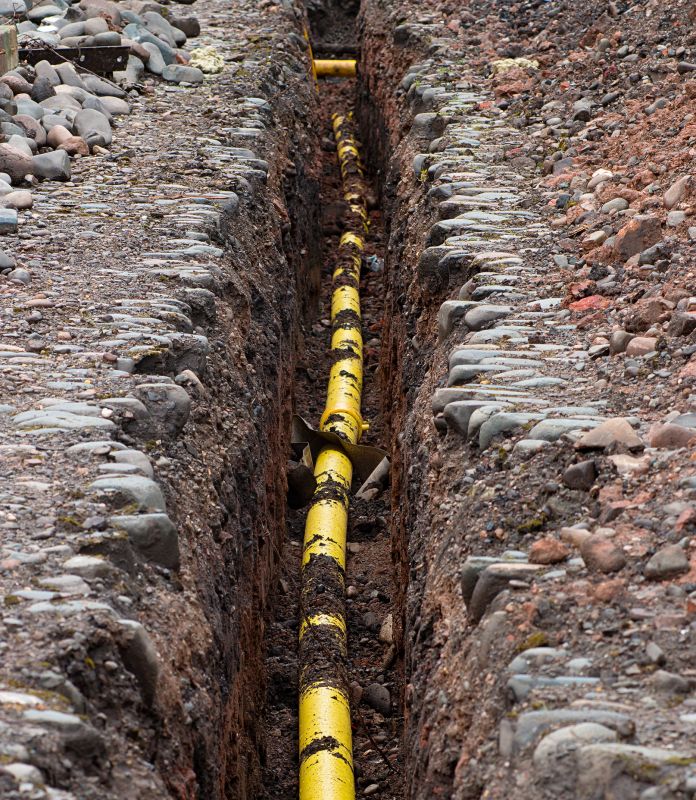
Popular materials for Gas Line Relocation and why they hold up over time.

Simple add-ons that improve Gas Line Relocation without blowing the budget.
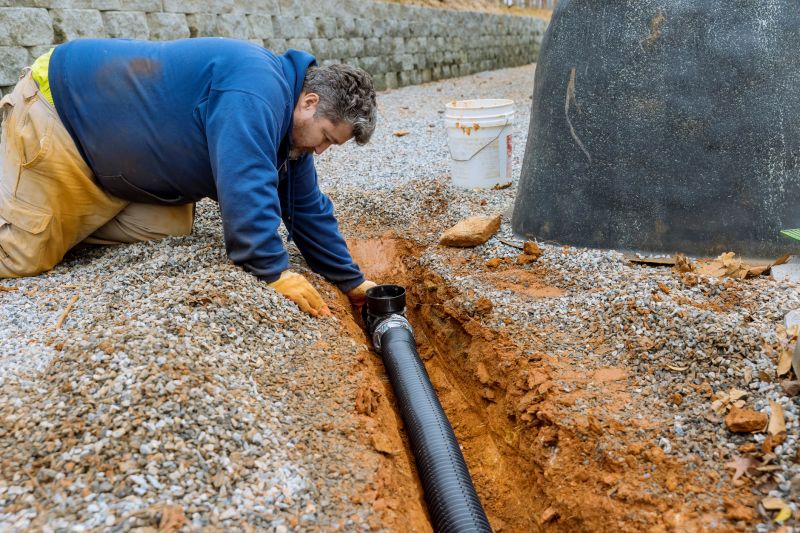
Careful excavation to access existing gas lines.
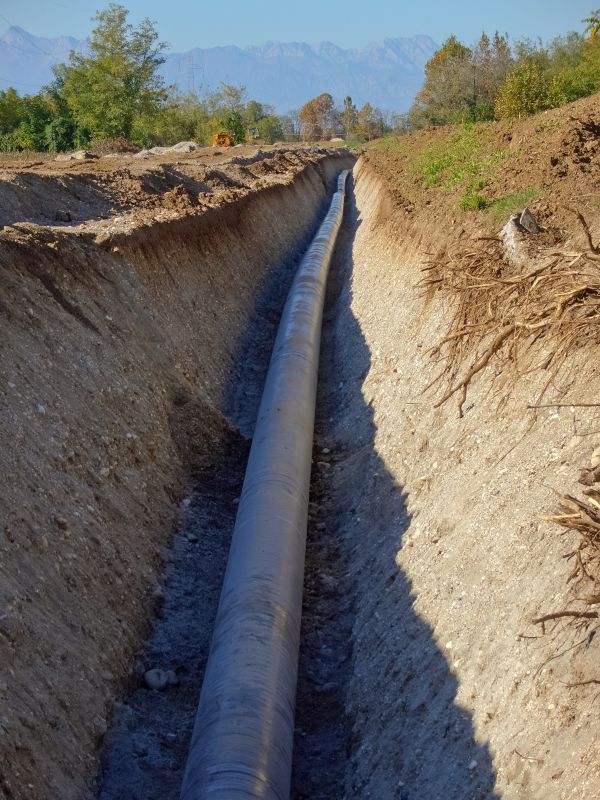
Creating trenches for new gas line pathways.
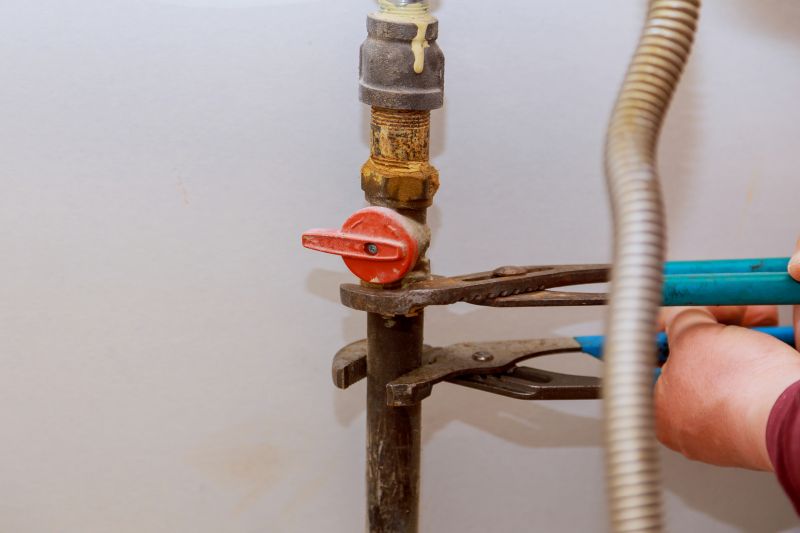
Connecting and testing relocated gas lines for safety.
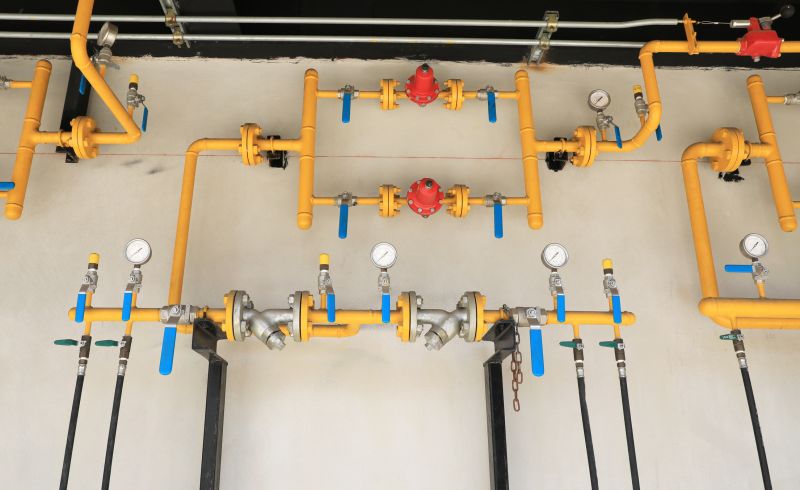
Ensuring compliance and safety after relocation.
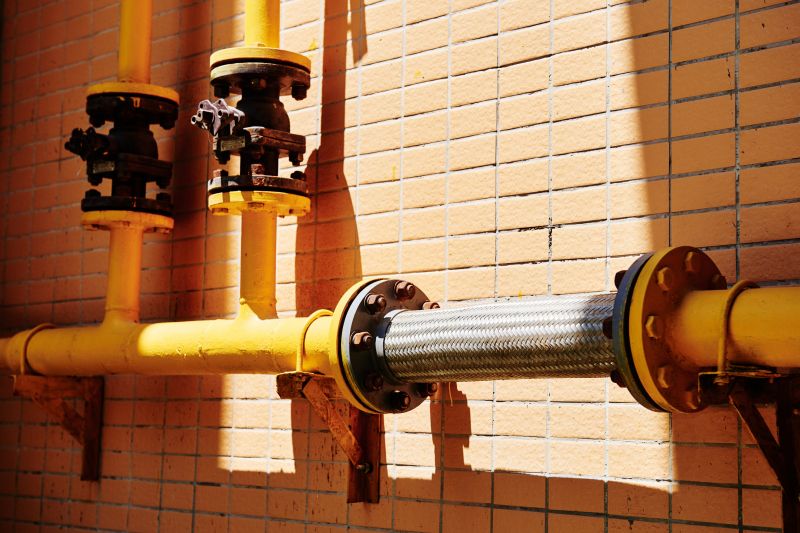
Optimized routing to prevent future issues.
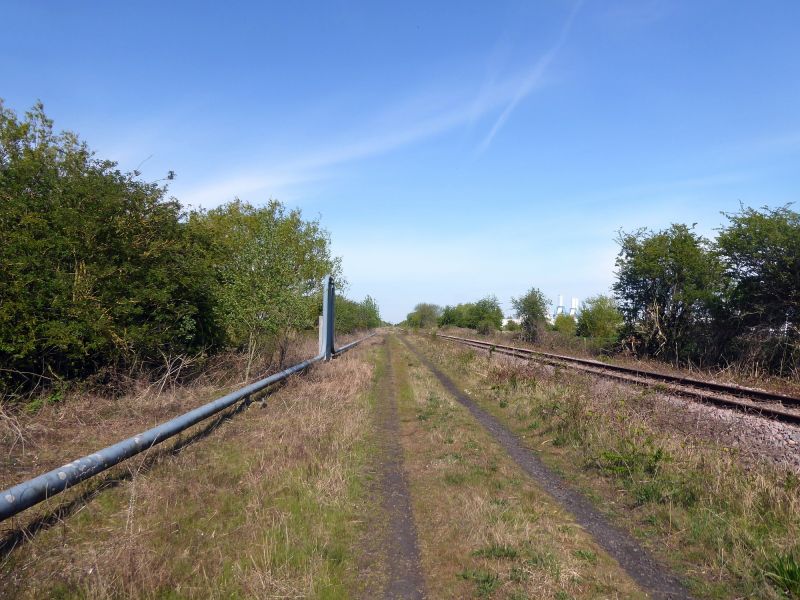
Use of safety equipment during relocation.

Choosing appropriate materials for durability.
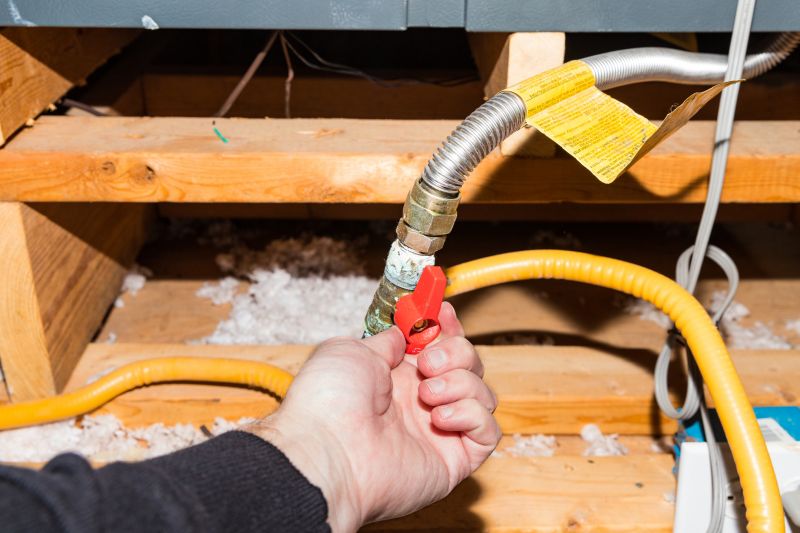
Verifying integrity and safety of relocated lines.
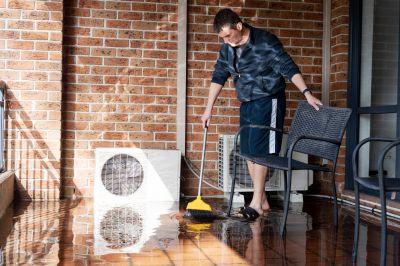
Restoring landscaping and surfaces after work.
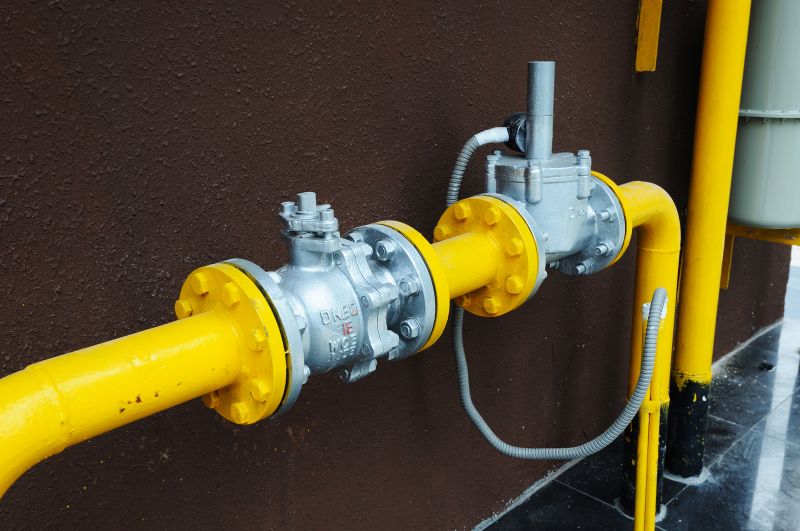
High-end options that actually feel worth it for Gas Line Relocation.
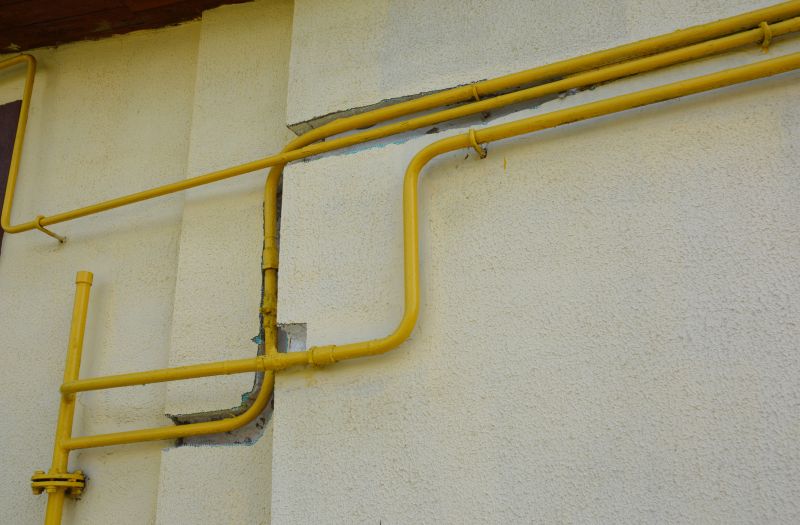
Finishes and colors that play nicely with Gas Line Relocation.
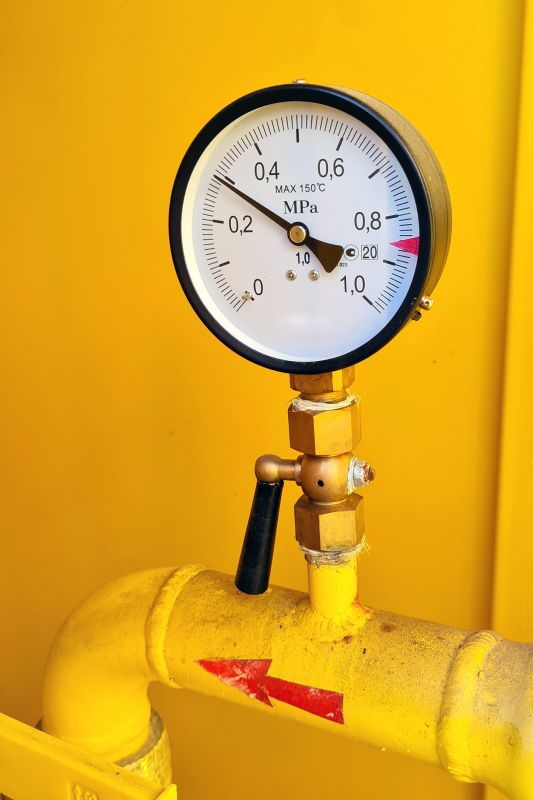
Little measurements that prevent headaches on Gas Line Relocation day.
| Aspect | Details |
|---|---|
| Average Duration | Typically 1-3 days depending on property size and complexity. |
| Preparation Needed | Clear access to work areas and utility locations. |
| Disruption Level | Minimal, with careful planning and execution. |
| Cost Factors | Distance of relocation, pipe material, and site conditions. |
| Permitting | Required for compliance with local codes. |
| Safety Measures | Includes pressure testing and leak detection. |
| Post-Work Inspection | Ensures safety and code adherence. |
The process of relocating residential gas lines involves initial assessment, planning, excavation, pipe installation, connection, testing, and final inspection. Each step is performed with attention to safety and compliance standards to ensure reliable operation after relocation.
Relocating gas lines typically takes from one to several days, depending on the scope of work and property specifics. Proper planning can help minimize disruption and ensure timely completion.
Property owners interested in relocating gas lines are encouraged to contact for a detailed estimate and guidance on the process. Filling out the contact form provides a straightforward way to begin planning the project.
